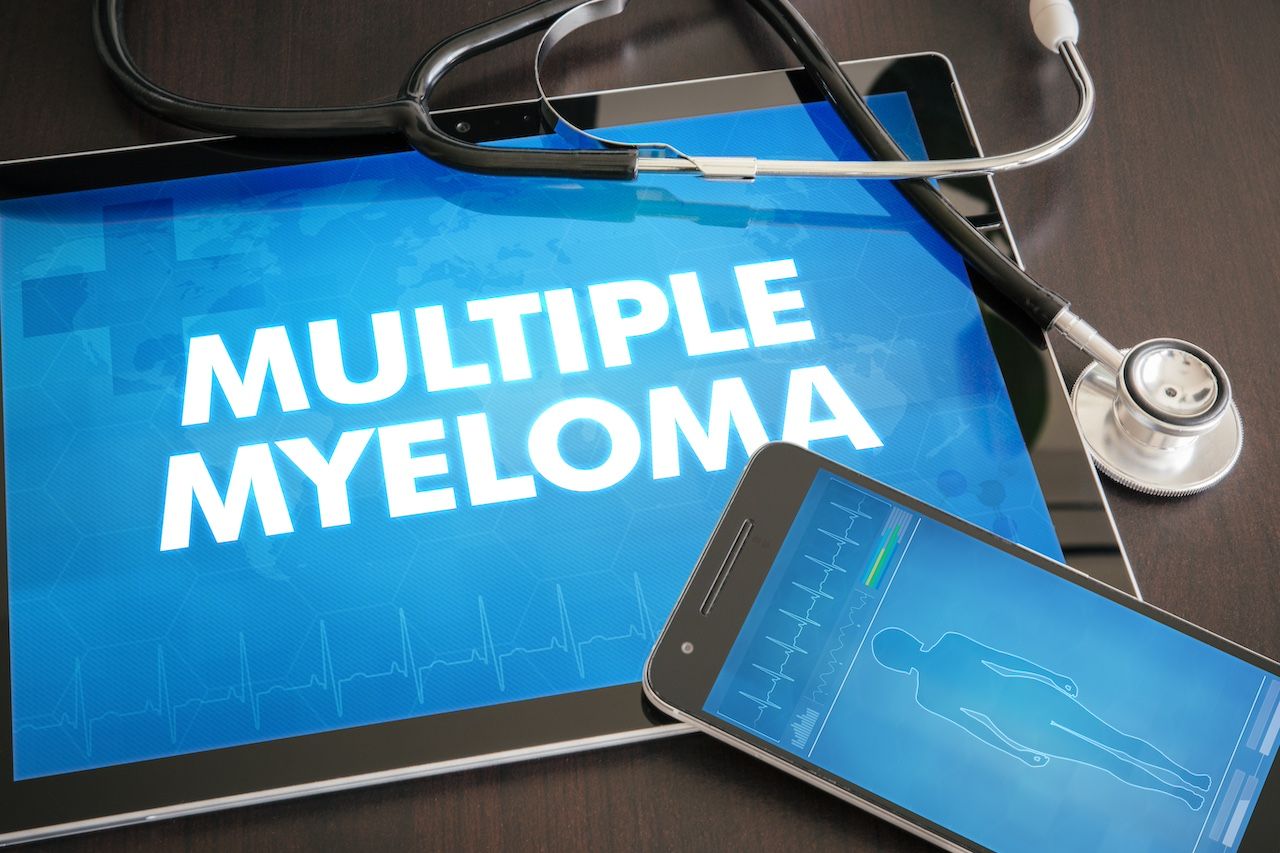News
Article
Key Features of Rare Fibrin-Assisted Diffuse Large B-Cell Lymphoma
Author(s):
A case study details the cytological and histological features of fibrin-assisted diffuse large B-cell lymphoma in a patient with no clinical symptoms, highlighting the diagnostic challenges of this condition.
In a case report published in In Vivo,1 researchers in South Korea describe key cytological features of fibrin-assisted diffuse large B-cell lymphoma (FA-DLBCL), a rare form of lymphoma often linked with Epstein-Barr virus, through examination of cystic fluid aspirates from a retroperitoneal cystic mass in a 72-year-old patient.
the patient underwent no further treatment and had no evidence of disease 6 months after surgery. | Image Credit: © Beaunitta Van Wyk/peopleimages.com - stock.adobe.com

The case details a FA-DLBCL mass incidentally found during a routine health visit. The patient, a man aged 72 years, presented with no symptoms and had no previous history of significant illness. An abdominopelvic CT scan revealed an 8-cm, unilocular, thick-walled, fluid-filled cystic mass. The mass, located between the para-aortic area and the left renal hilum, was removed by complete laparoscopic excision. Immediately following removal, aspirated cystic fluid was sent to the pathology department for examination.
Pathology reports revealed a unilocular cyst with a thick fibrous wall. The inner surface of the cyst wall was partially covered with a yellow-to-brown mudlike fibrinous exudate and necrotic material.
Histological analysis with hematoxylin and eosin staining revealed lymphocytes and plasma cells heavily infiltrated in the thick fibrous wall of the cystic mass. Numerous secondary lymphoid follicles with germinal centers were observed. The epithelial lining was absent, but fibrinous and necrotic material partially covered the surface of the inner wall.
Cystic fluid aspirates were processed using liquid-base preparation (LBP) and conventional smear (CS). The overall cytological features between the specimens processed by LBP and CS were similar. They reported large, atypical cells dispersed in a necrotic background with hyperchromatic nuclei with irregular contours, vesicular chromatin, and inconspicuous nucleoli. Viable tumor cells and mitotic figures were more challenging to see due to their sparse distribution. Most tumor cells with scant cytoplasm showed apparent naked nucleoli. Karyorrhectic debris and mitotic figures were frequently noted.
Immunohistochemical staining was done using a panel of antibodies and EBV-encoded RNA in situ hybridization (EBER-ISH), which revealed that the atypical lymphoid cells were positive for cluster of differentiation 20 (CD20), multiple myeloma oncogene 1, B-cell lymphoma 6, and EBER-ISH, but negative for CD3, CD10, and human herpes virus 8. Nonneoplastic mixed B- and T-cell populations in the cystic wall were negative for EBER-ISH, indicating the tumor cells had not infiltrated the cell wall.
The characteristics identified in this cytology specimen were consistent with those seen in FA-DLBCL, including the presentation of tumor cells possessing large, atypical nuclei with frequent mitotic figures, apoptotic bodies, and scant cytoplasm in a necrotic background.2 In the current case, the patient underwent no further treatment and had no evidence of disease 6 months after surgery.1
The authors describe the cytological features of FA-DLBCL and note that most FA-DLBCLs arise in cystic lesions, prosthetic joints, and breast implants, which can be analyzed using fine-needle aspiration cytology. A cytological examination of such lesions can be the first noninvasive step to obtain a diagnosis of FA-DLBCL.
“Co-existing FA-DLBCL should be suspected during pathological examination of apparently benign cystic lesions if mud-like fibrinous and necrotic material and large, atypical lymphoid cells with mitotic figures and apoptotic bodies are found in a background of fibrinous necrosis. An accurate diagnosis of FA-DLBCL requires a comprehensive examination of the suspected lesion,” the authors concluded.
References
1. Na K, Kim SW, Kim HS. Cytological features of fibrin-associated diffuse large B-cell lymphoma arising in retroperitoneal pseudocyst: the first case report. In Vivo. 2024;38(3):1477-1482. doi:10.21873/invivo.13594.
2. Boyer DF, McKelvie PA, de Leval L, et al. Fibrin-associated EBV-positive large B-cell lymphoma: an indolent neoplasm with features distinct from diffuse large B-cell lymphoma associated with chronic inflammation. Am J Surg Pathol. 2017;41(3):299-312. doi:10.1016/j.ehpc.2021.200538
Newsletter
Stay ahead of policy, cost, and value—subscribe to AJMC for expert insights at the intersection of clinical care and health economics.





